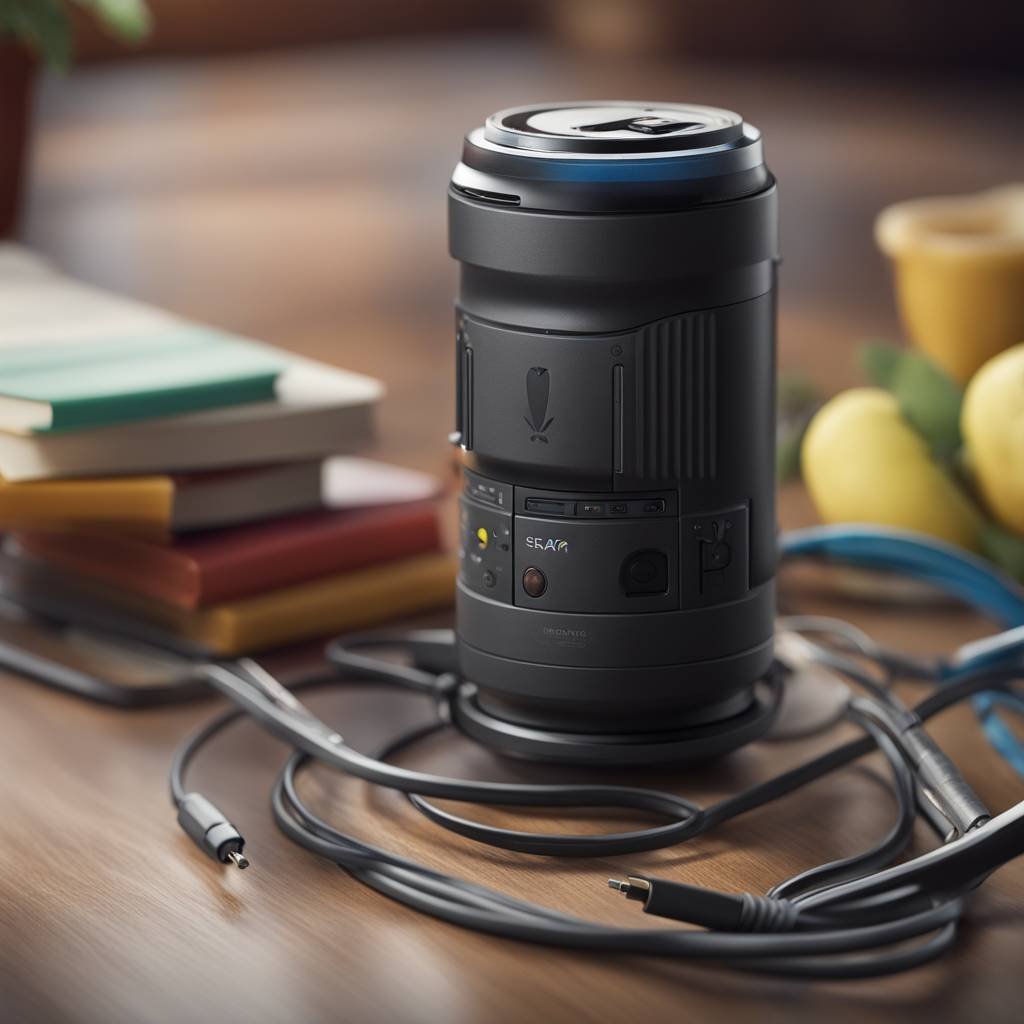Summary
– California’s Energy Commission introduced a new way to measure charging station reliability called “successful charge attempt rate” (SCAR)
– SCAR requires that 90% of the time a customer attempting to charge must have a successful charge lasting at least five minutes
– SCAR is beneficial for regulators and grant providers to set minimum goals and ensure reliable charging networks
– However, SCAR may not be sufficient for user-facing ratings as it does not account for issues like slow charge rates or other problems at a station
– A multi-numbered approach may be needed for users to assess charging station satisfaction along with quantitative measurements like SCAR.
Article
In a recent blog post, Electric Era shared news from California regarding a new way to measure the reliability of charging stations. The state’s Energy Commission introduced the concept of “successful charge attempt rate” (SCAR), which requires charging sessions to last at least five minutes 90% of the time when initiated by a customer. This means that each stall at every charging station must successfully start a charge and hold it for the designated time to be considered reliable.
While SCAR offers a straightforward method to measure reliability, there are other ways to assess charging station performance. One common method is measuring the uptime of charging stations, which may not provide a comprehensive picture of reliability. Another approach involves using a multi-point set of statistics to evaluate various aspects of charging station performance. However, these methods may not be as effective in providing users with relevant information about charging stations.
SCAR is particularly useful for government regulators and grant providers as it sets a minimum standard for charging station reliability. A 90% SCAR requirement ensures that a plug results in a successful charge most of the time. However, for users seeking information about charging stations, additional metrics may be needed to assess customer satisfaction. Providing users with a star-rating system along with objective data can help drivers make informed decisions about where to charge their EVs.
While SCAR offers a quantitative measurement of charging station reliability, it may not fully capture user experience. For example, a high SCAR rating does not guarantee that users will have a satisfactory charging session, especially if the station is slow or has other issues. Additionally, SCAR may not account for situations where drivers avoid using broken chargers, potentially skewing the reliability rating. Thus, a more comprehensive approach that includes user feedback is necessary to ensure customer satisfaction.
Overall, SCAR serves as a valuable tool for setting standards and assessing the reliability of charging stations at a governmental level. However, a multi-faceted approach that combines quantitative data with user ratings is essential for providing users with a more holistic understanding of charging station performance. By considering multiple factors, such as uptime, user ratings, and objective data, stakeholders can ensure that EV drivers have access to reliable and satisfactory charging infrastructure.
Read the full article here


